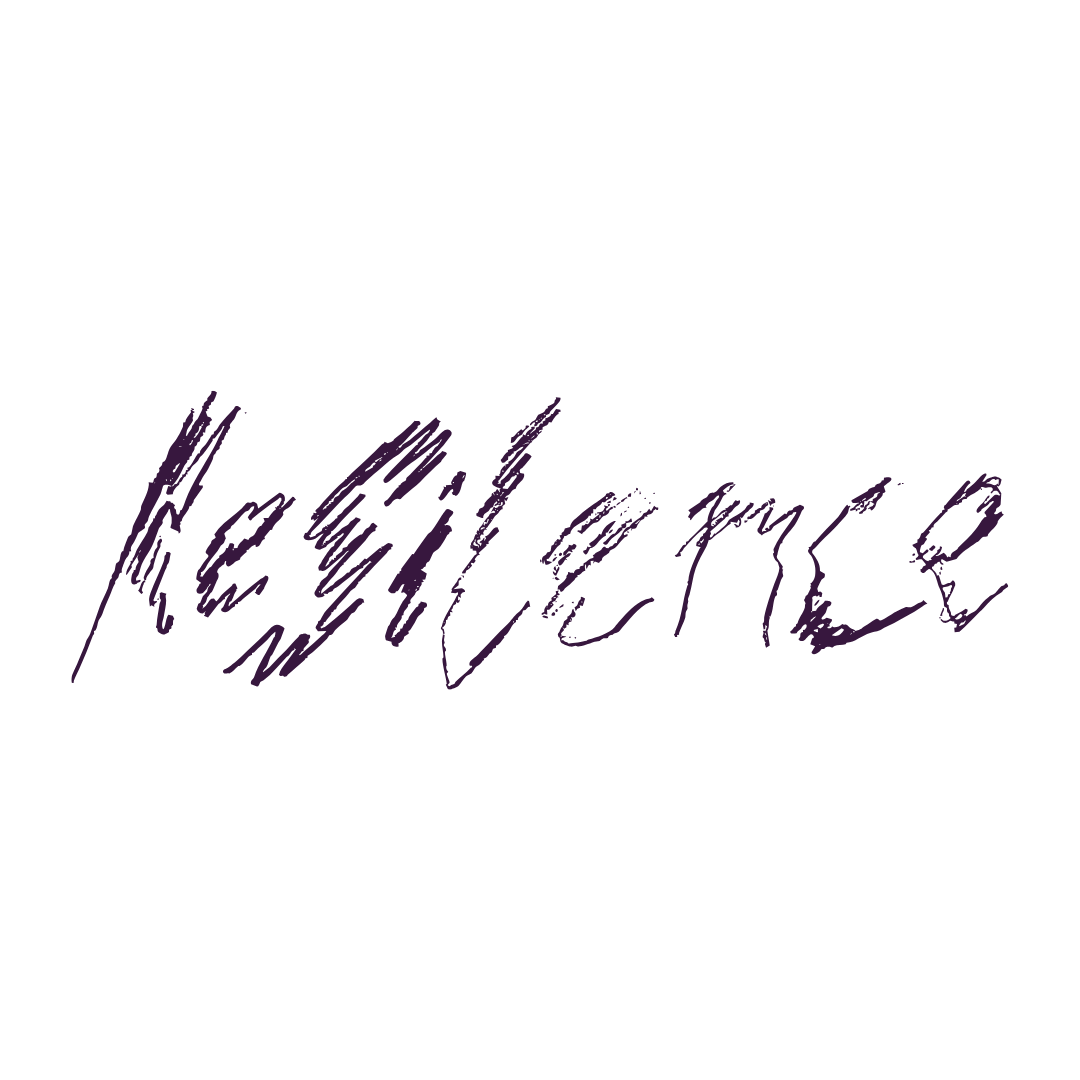A film installation exploring ubiquitous electromagnetic noise as a new planetary ecology, bridging astrophysics and hypersensitivity.
Guillem Serrahima Solà is a researcher, theorist, and filmmaker holding a PhD in Philosophy and Film Studies (Paris 8 University). His research focuses on crucial contemporary topics, including cybernetics, epistemology, machine vision, and techno-ecology. Much of his inquiry explores the aesthetic and epistemological role of informational noise in audiovisual format.
Ubiquitous Noise, part of a trilogy exploring the kaleidoscopic meanings of noise in the techno-capitalist society, is an installation that investigates Earth’s electromagnetism and the noise-ecologies it generates in both sensory experience and scientific knowledge.
Every body resonates at a certain frequency. Although imperceptible and meaningless to our senses, electromagnetic noise permeates all living environments. In recent decades, the intensive development of telecommunications systems has turned technology into a new atmospheric layer of noise, continuously present and disrupting all other frequencies.
The audiovisual installation takes us on a multi-scalar journey into astronomical, neural, natural, and technical signals, through three key moments:
→ The Radio Quiet Zone (RQZ): We travel to West Virginia (USA), an electromagnetic exception zone created to protect radio telescope observations from interference. In this atypical location, there is also a growing community of people suffering from electro-sensitivity—an as-yet unrecognized condition—forced to escape the continuous hum of telecommunications media.
→ The Laboratory: We move to Maastricht’s Brain and Emotion Laboratory, where scientists use magnetic fields and computer-generated radio waves to produce neural images, in a microscopic-scale experiment that mirrors the research at the RQZ.
→ The Invisible City: We stroll through an unnamed city where telephone infrastructure has become ubiquitous and virtually invisible, yet electromagnetically sensed.
The work consists of a spatialized and randomized sound environment, a visual essay on the multi-scalarity of the electromagnetic spectrum, and, in a crucial component, an antenna that captures the technical electromagnetic frequencies of the immediate environment, bringing the noise of the exhibition space into the composition.
BIO
Guillem Serrahima Solà has been a research associate on the NEST project and a visiting scholar at UC Berkeley. His artistic and theoretical practice aims to explore the invisible impact of datafication and cybernetic systems on our perception of reality, through the language of the film essay.
CREDITS
UBIQUITOUS NOISE
by Guillem Serrahima Solà with the collaboration of Albert Tarrats Serra
Concept and direction: Guillem Serrahima Solà
Installation, sound design and editing: Albert Tarrats Serra
Camera: John Ryan Burbeke
Film edition: Traktora
Graphic Design: 19a39 Studio
ACKNOWLEDGMENTS
ReSilence Team
Green Bank Observatory: Will Armentrout, Daniel Bautista, Brenne Gregory, Jim Jackson, Paul Vosteen.
Brain and Emotion Laboratory (Maastricht University): Beatrice De Gelder, Giuseppe Marrazzo, Vojta Smekal.
Thanks to Dianne, Levy, Neil, Nelly and Ivanka for sharing their experiences with us.

This project is part of ReSilence: Future Soundscapes & Affect Mining in Urban Ecosystems, the exhibition showcasing the outcomes of fifteen international art residencies supported by S+T+ARTS (the European Commission’s initiative for science, technology, and the arts). Through the artistic exploration of sound, RESILENCE redefines urban spaces, using the acoustic dimension to analyze the complex affective and ecological relations of future cities and promote collective awareness of what lies beyond mere noise. The exhibition is presented in collaboration with BASE, as part of the FAROUT Festival 2025 edition.